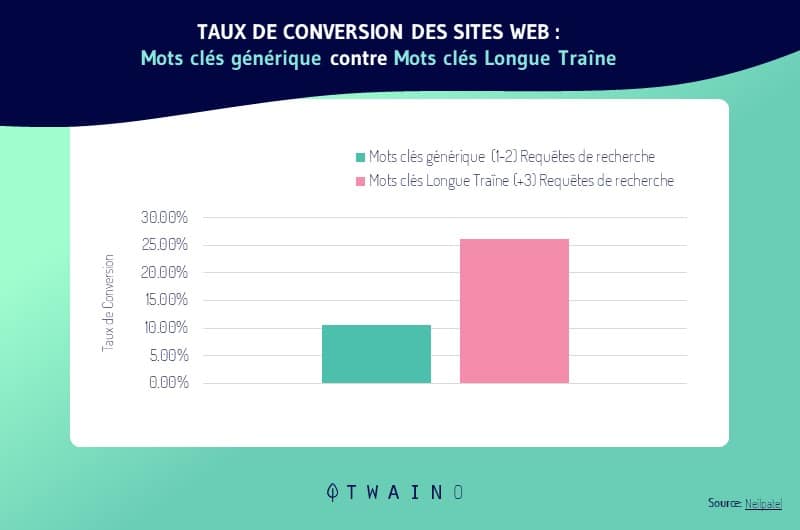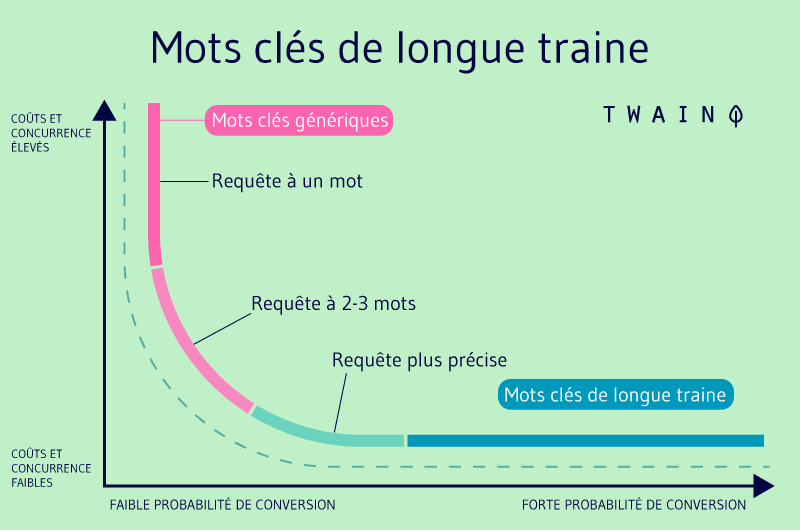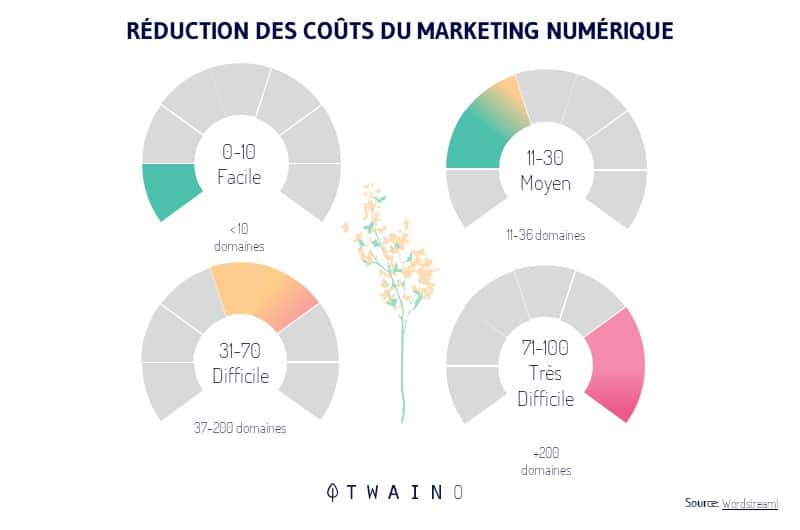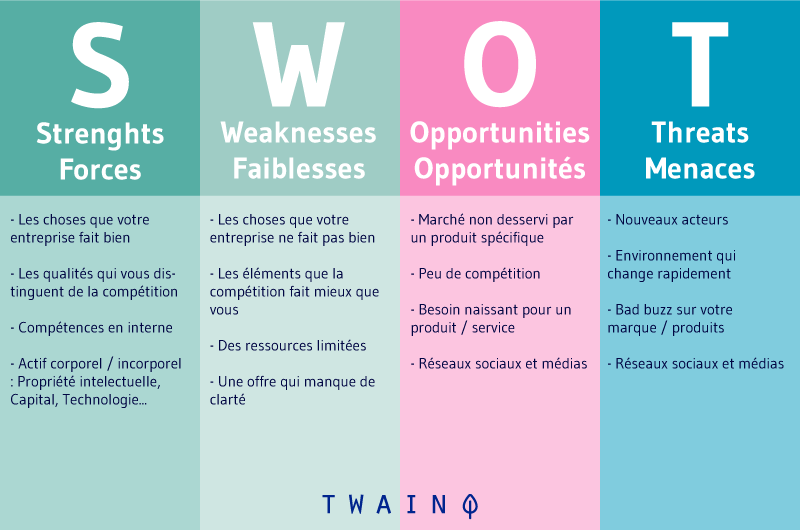Need to get more conversions on your site with SEO ? Here’s one of the best kept secrets: Work with long tail keywords.
Indeed, working with long tail keywords leads you to satisfy your audience’s intent when they search. This leads to a high conversion rate.

Indeed, working with long tail keywords leads you to satisfy the intent of your audience which can sometimes be very specific.

These terms generate less traffic, but they should not be neglected.
This article will teach you why and how to work with long tail keywords.
So follow me!
Chapter 1: Why use long tail keywords?
To be honest, there would be many more reasons to rely on a long tail SEO strategy. Nevertheless, I will list the 4 fundamental reasons to understand the effectiveness of this type of positioning strategy for websites:
1.1. Reach your target audience easily
If the goal is to reach your target audience quickly, a long-term SEO strategy can help. Compared to short-tail keywords, long-tail keywords focus on the specific intent or motivation behind a search.
For example, a search using the short-tail keyword “electrical system” may have several reasons, including:
- What is an electrical system?
- What types of electrical systems are there?
- What is the average price of an electrical system?
- What are the components of an electrical system?
In comparison, the long-tail keyword, “average price of a power system,” has a much more specific purpose.

Basically, the searcher wants to know the average price of an electrical system
Developing long-tail SEO content comprehensively addresses this audience research intent.
1.2. weak impact of competitors
When a keyword has multiple intents or even multiple meanings, it often has a higher level of competition. This makes it difficult for companies specializing in a particular sector to compete, especially when they are very young.
For example, ranking on the keyword “garden” for a small garden in Paris is much too big a challenge for a start-up.
On the other hand, trying to rank your website for a specific term can be much more relevant, as long as that term describes the product or service well.
For example, this small garden can try to rank for a query as targeted as “Flower garden in Paris”.

Since long tail keywords are less searched and focus on a narrower user intent, they are less competitive
As a result, your site can easily rank high in search results for these types of keywords.
1.3. Improved conversion rates
When a site is not relevant to a user’s search, that user will be less likely to spend time or make a purchase there.
For example, if a user is searching for a company that makes PC monitors and searches for the keyword “monitor”, it is unlikely that they will want to take any particular action.
Many recent industry analyses show that long-tail keywords offer a conversion rate of over 36%:

1.4. Reduced digital marketing costs
Compared to long-tail keywords, short-tail keywords involve a much higher investment
Their high search volume and fierce competition means that the number of companies wanting to rank for that particular keyword is consequently high.
This sets in motion a very high and constant investment mechanism.
With long tail SEO, you can reduce the costs of digital marketing

In fact, long tail keywords guarantee higher conversion rates. This translates into a better return on investment, which the company can use to develop its marketing strategy.
Chapter 2: How to work with long tail keywords?
2.1. What you need to know about long tail keywords
The long tail keywords have a common characteristic: They are long terms composed of more than two words, usually the core of the search and some other characteristics
For example, a long tail keyword is: “billabong short sleeve shirts”. While a short tail would be ”billabong shirts”.
Directing work towards the long tail doesn’t mean you won’t end up getting results in short tail keywords.
As you rank, you’ll gain the authority that will help you rank for more terms than you thought possible. This is a longer path, but it may take you less time than the other.
2.1.5. Work and more work
It’s important that you keep in mind the work and patience you’ll need to position yourself for these short-tail keywords. Without the necessary authority that the pages will take, you will not be able to advance on these terms
2.2. Four Steps to Developing an Effective Long Tail SEO Strategy
In this section, I want to focus on the main precautions you need to implement to prepare a proper long tail SEO strategy.
2.2.1. Researching the best performing keywords
The first step in developing a long tail SEO strategy is the research of keywords adapted to the desired objective.

It is important, in fact, to optimize your website for the long tail keywords that the target audience uses regularly when searching.
The best strategies for discovering the right long tail keywords are as follows:
- Visit popular forums
Your target audience can tell you a lot about what they want to know by expressing themselves in a certain way
Through portals such as Quora, Facebook and other platforms, it is possible to identify the terms that consumers use when they want information on a particular topic
For example, ‘they may be interested in knowing how to repair a certain type of window
This is already a topic you can cover in an article on your website using long-tail words to quickly rank on that query.
- Use search tools to find keywords
One of the best ways to find long tail keywords is to use search tools
Ubersuggest is one of the best tools. With this tool, it is possible to find a whole range of long tail keywords related to the one entered in the search field, filtering by language and country.
- Talk to customers
Conversations with your customers can help you find keywords for your long-term SEO strategy
Some discussion topics include can allow you to ask how they feel about a particular product and the questions they have about it. This allows you to identify long tail keywords to use when creating content.
- Study the competition
Conduct a competitor analysis is an important practice since it allows you to know what is best and interesting ideas.

In the process of identifying long tail keywords, it is helpful to organize these keywords in an Excel document or Google sheet. This helps to keep things under control in the best way.
2.2.2. Match the long tail keywords to your content
In coordination with your long tail SEO strategy, you need to optimize not only the existing content on the website, but also create new ones.
This means that you will need to match your long tail keywords with current and future content.

Using the electrical installation company as an example, the following action plan should be created:
- Divide the main service page into subdivisions related to each service
- Optimize the technical support page to rank higher for a long-tail keyword that implies technician intervention
- Develop the blog content calendar based on long tail keywords
During this optimization work, it is necessary to always produce high quality texts and easy to read
This will not only facilitate the work of organic positioning through long tail keywords, but will also greatly improve the user experience.

2.2.3. Optimize the content of each page
This is undoubtedly one of the most difficult and tiring phases of the SEO process for a business website.
If you are not familiar enough with the standards of SEO and search engines, such as Google, Bing, it is easy to over-optimize your content. For example, by using too many keywords and falling into keyword stuffing.
This is why it is useful to collaborate with sEO professionals.
When optimizing your website content, it is advisable to think about the
- Title tag: In search results, the title tag is very important. Although this tag does not include your company name, it should always include your main keyword. It is also imperative that it does not exceed 60 characters to avoid being truncated by Google in the SERPs.

- Meta description: It is also displayed in the search results. While the title attracts the audience, the description should convince users to click on a particular page. For a truly optimized meta description, it is useful to include the long tail keyword at least once and not to exceed 160 characters.

- Content: The content of a web page should provide an answer to a user’s question (for example, how often an electrical installation should be checked). For this reason, it is important to optimize your content by including the long tail keyword, which should also be present in the various H2, H3 subheadings etc
- URL: In a long-term SEO strategy, it is crucial to optimize the URLs. Like the title tag, the URL should contain your main keyword.Images: it is essential to include videos or images on your web pages. These elements help to enhance the viewing experience for users.

If you decide to incorporate images into your content, it is always a good idea to make sure you compress them to reduce loading times
Also, it is essential to use an appropriate file name that contains your keywords.
2.3. Check the effectiveness of an SEO strategy Optimization
If you want your long tail SEO strategy to be successful, you need to check its effectiveness, so you can adjust it if necessary.
To measure the success of a long tail SEO strategy, several factors must be taken into account, including
Rankings rankings: SEO focuses on improving the visibility of a website in search engines. Therefore, it makes sense to monitor your site’s ranking in search results for certain keywords. However, it can take months for a website to rank, so it is essential to spend time on the SEO strategy, as well as measuring it regularly.

- Traffic: It is also worth monitoring the recorded traffic of different web pages to check which ones are generating the most visits and which ones are not attractive
- Conversions: The conversion rate is another statistic that should always be monitored carefully. What qualifies as a conversion depends on your long-term SEO goals. For example, gaining more newsletter subscribers or generating more online orders.
- Revenue: One way to measure the success of your long-term SEO strategy is through revenue.
In Summary
There are many ways to improve your website’s SEO, and using long tail keywords is one of the best strategies
I had the opportunity to list some reasons and give you tips to use them effectively
It is also important to regularly monitor the performance of your website to maximize the results of your SEO strategy in the long run.



